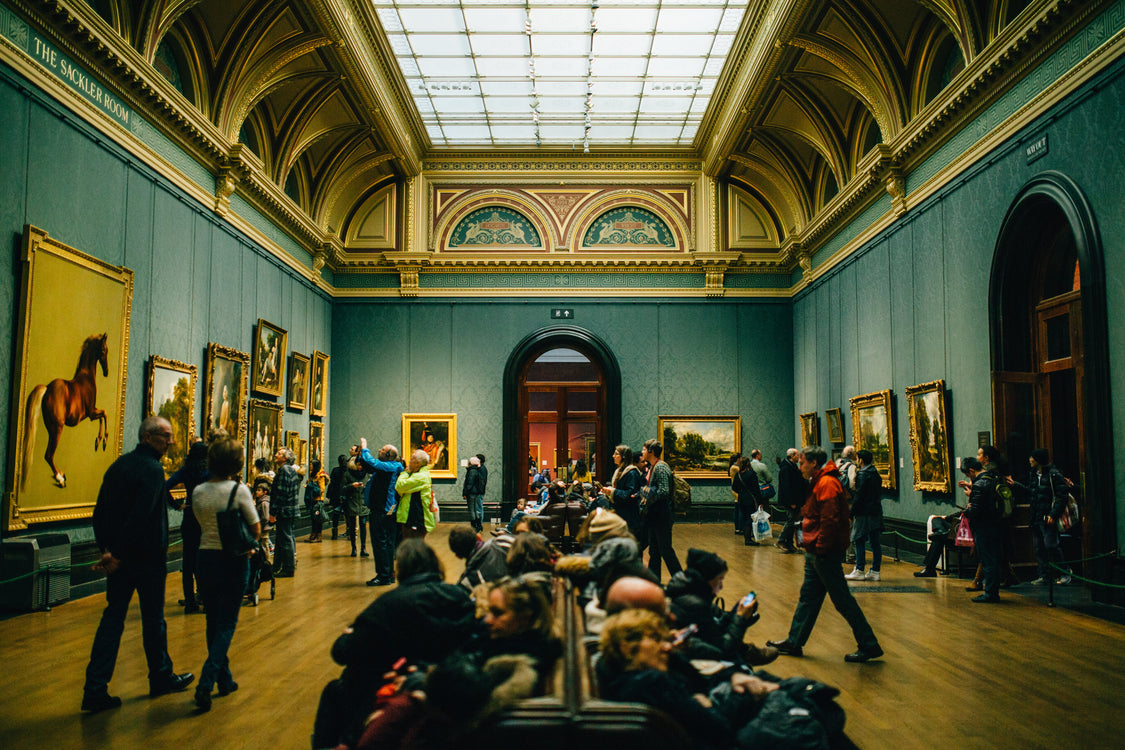
Leonardo da Vinci may be the most well-known artist to have ever lived. Even though he died nearly 500 years ago, world renowned pieces such as “Lady on Ermine” and “The Last Supper” are still available for the public to see. However, only time will tell if this will remain the case forever.
While time plays a major role in the deterioration of artwork, it is still possible to preserve them for thousands of years in the right conditions. This is why it is crucial for museums to create climate-controlled environments to ensure paintings last a couple of hundred years before being stowed away, never to be seen by the public again. Fortunately, actually doing so has never been more simple than with intuitive tools such as the Testo 160 data logger series.
Modern Day Tragedy
Viewing demands remain high for these prized artworks. This has encouraged more lending of these pieces among museums. However, strict rules can shut down requests before they’re even submitted. If a gallery is unable to guarantee that the environment will stay controlled at 21 degrees Celsius and 50% relative humidity, it won’t be allowed to borrow any artwork.
Not only does this limit the global access to these works, but when coupled with the fact that many paintings are already beginning to slip away from the public's eye, it creates a grim future. For example, a few years ago, England wished to borrow “Lady with an Ermine” from Poland, but an art watchdog association heavily protested it saying the painting wouldn’t even make the trip in its current condition, further noting that the $300 million insurance policy was meaningless considering the painting's true value.
Take Action Now for The Future
“Lady with an Ermine” is not the only artwork facing a future of a shuttered existence. In Millan, “The Last Supper” is behind a plexiglass wall as the first of many measures to try and slow deterioration. Due to its declining, delicate integrity, the piece can only be viewed by 25 visitors every 15 minutes as not to raise the temperature of the room.
The only way the world's most famous paintings stand a chance to be viewed by future generations is through careful preservation. The Testo 160 data logger series is one of the tools curators are using to monitor the conditions of artwork at all times.
If temperature, relative humidity and ultraviolet light exposure increases at all, personnel are immediately alerted so that they can adjust the settings. Quick response times and calculated control over the environment are key to longevity for many of these priceless works of art. It’s never too late to implement a new strategy to help protect such pieces. Contact the team at Testo New Zealand today for more information.

